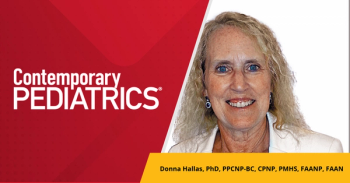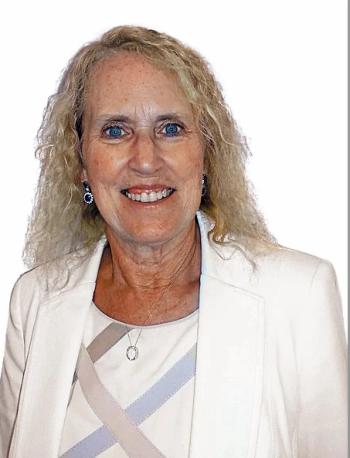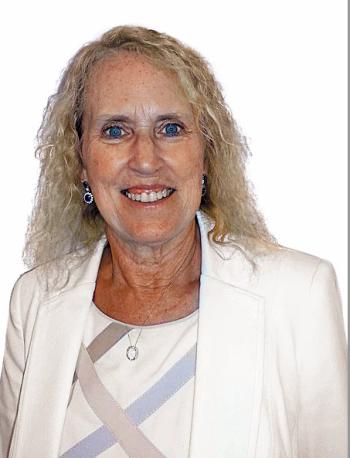
Have you reached out to your parents and teens during this pandemic?
It may have been months since you've seen some patients as a result of COVID-19. Reaching out to patients and their families can be important to determining if there are red flags.
Dermatology cases are always fascinating. The clues are visual and more easily investigated than many other nonspecific case presentations. The investigation to find most likely causes for dermatologic cases challenges providers to critically analyze the case, possible underlying co-conditions, and the best treatment options. Case outcomes that lead to resolution and return to normal integumentary functions are often rewarding for the child/adolescent and the provider. However, some dermatologic outcomes may be overwhelming for the child/adolescent and the provider. The Dermcase article, “
Why reach out?
Pediatric health care is all about primary prevention, thus, the title for this commentary, asks an important question of providers: Have you reached out to your parents and teenagers during this pandemic?
Over the past 22 months, as everyone has been deeply embedded in the COVID-19 crisis and life is anything but usual, have you, the provider, reached out to parents via emails or social media platforms? Have you encouraged the parents of your pediatric and adolescent patients who have not been in for routine care to schedule an office visit?
So many parents have not made routine office visits for the children or adolescents. Many children/adolescents are behind in immunizations, routine health care screenings, and physical exams and need to reconnect with their pediatric practice providers. It is critically important to recognize the impact of COVID-19 on child/adolescent emotions and the resultant anxiety and stress that have been placed on families. Many children have lost their parents, grandparents, and other close family members as well as family friends during the pandemic. Parental and child/adolescent stress and anxiety increases the risk of child abuse. Primary prevention including detailed history taking and recognition of anxiety or stress as well as other behavioral problems coupled with treatment planning may prevent escalation to child abuse. Pediatric providers engaging in telehealth visits and/or in-person visits play a critical role in early recognition and prevention of child abuse.
What is your child abuse IQ? Can you answer these questions as addressed in the article?
- Considering a possible diagnosis of child abuse, what is the relationship between skin manifestations and the history provided by the parents or caregiver?
- What factors, besides stress and anxiety, are identified in the article as increasing the risk of child abuse?
- Viewing the photo of the right side of the child’s back, what are your differential diagnosis? [Answer the question before reading the article]
- What does the law mandate a provider to do when the diagnosis is suspicion of child abuse?
The answers to each of the above questions can be found in the article. Great if you answered all of them correctly!
In conclusion
Let’s proactively encourage parents to make primary care appointments for their children and adolescents. Take the time to perform a detailed history and physical exam. Be alert for signs of child abuse.
And on a final note, yesterday marked the 800,00 reported deaths in the United States from COVID-19. We mourn the loss of life and the continued illness and potential for more lives lost from what is now a vaccine preventable disease.Along with immunizations for all age-eligible individuals, COVID-19 is also controlled by adherence to evidence-based public health measures. It is time for every health care provider to tirelessly advocate for immunizations and continuance of public health measures. I fear, that if we are not strong advocates, the numbers
Newsletter
Access practical, evidence-based guidance to support better care for our youngest patients. Join our email list for the latest clinical updates.




